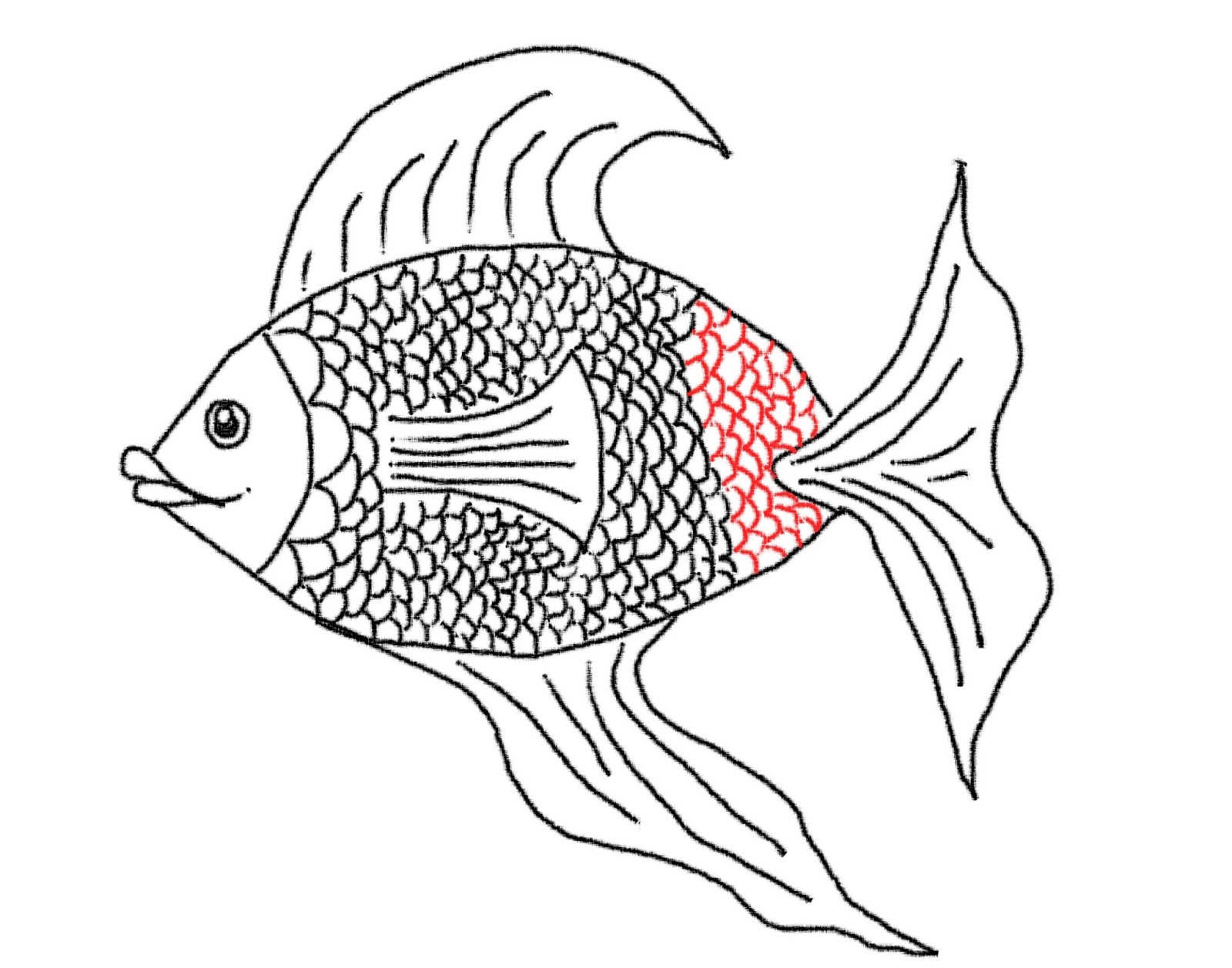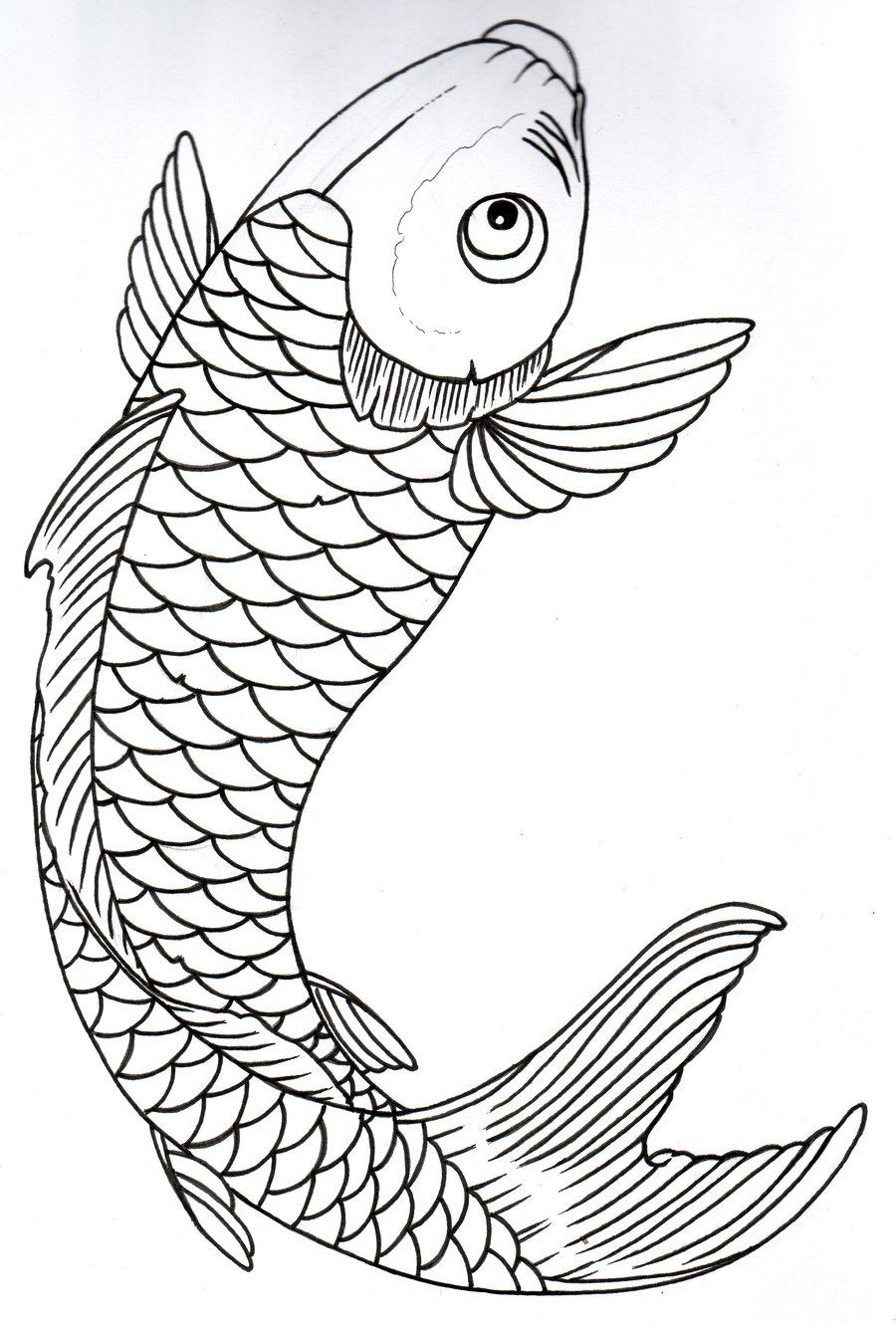
Selecting a region changes the language and/or content on. Remember that they overlap and follow the contours of the fish’s body, with scales near the head larger than those near the tail. You’ll find that fish scales vary in size, shape, and color. If you want to capture the individual scales of a fish, study your reference images. To represent the delicate, transparent fins, Braun lowered the opacity of his brush to around 40 or 50% to achieve that look. For his Moorish idol, Braun extended the dorsal fin triangle to a long point trailing behind the fish. She also adjusted the fish’s mouth by adding detail to the lips and drawing another curved line to represent the cheek. Those are very sharp spines and the fish can raise and lower the dorsal fin using those spines,” Whitlatch says.įor her tuna, Whitlatch added more soft lines to give texture to the other fins and detail to the triangular spines. “I added the spines to that front part of the dorsal fin. For example, Whitlatch adjusted the top of the tuna’s head above the eye. If you’re drawing digitally, you can create a new layer and refine the lines of your fish as you fill in more details. To build on the basic circular shape of the idol’s body, Braun suggests adding some loose, rounded triangles to the top and bottom, adding two triangles for the tail, and, of course, a small oval for the eye. If you’re sketching a tropical fish like the Moorish idol, you have fewer features to worry about. Finally, draw the tail, which is shaped like a crescent moon with symmetrical lobes. Tunas also have a ridge of small triangular fins that go from those dorsal fins to the tail, so be sure to draw those. Then add the bottom half of that boomerang, the anal fin, on the underside. Then draw the second dorsal fin, which looks like the top half of a boomerang. 564x564 line drawing underwater world, small fish, octopus. Draw the ventral fin on the chest area right below the pectoral fin, and the long, spiny first dorsal fin on the top of the tuna. Nautical anchor, ship helm, lighthouse and fish, vector marine wave icons or t-shirt prints. On a tuna, the pectoral fins directly behind the gill covers are like the arms. Use your reference photos to help you add fins. This line represents the swim bladder, which helps the fish orient itself and maintain depth in the water. For a tuna in profile, add a vertical curve to represent the gill cover, and a lateral line from head to tail. Note that bony fish tend to have lower jaws that jut out past the upper jaws, the opposite of sharks. Layer different shades of blue – you can even add some green here and there to make your water more interesting! (Using the side of the oil pastel when filling in a large area really helps the kinders to complete their backgrounds.Add the eye, nostril openings, and mouth. Finally, color the water using the side of an oil pastel, with the paper removed.

Next, use a dark color to draw either vertical or horizontal lines (or both!), and fill in each of the new sections you created with a different fun pattern.ĥ. Now, color your fish, filling in as completely as you can.

Use more shapes to add fins and a tail.ģ. Choose one oil pastel to draw a large “fish shape“, filling most of your paper.Ģ. I displayed examples of a variety of fish to inspire us, and the kids came up with some wonderful fish of their own, as you will see!ġ. Next, I demonstrated how we could combine these shapes, lines, and patterns in different ways to draw any kind of fish we wanted. lots of ovals, triangles, circles and rectangles, and lines of all kinds: straight, zig zag, curvy, vertical, horizontal and diagonal. In Kindergarten this year, we’ve been focusing on drawing the world around us using lines and shapes.įor this project, we first read a story about different kinds of fish, and talked about the shapes, lines, and patterns we saw in each one…. Printable Line Drawings Of Fish coloring pages are a fun way for kids of all ages to develop creativity, focus, motor skills and color recognition.


 0 kommentar(er)
0 kommentar(er)
